Affiliate links on Android Authority may earn us a commission. Learn more.
What you need to know about Carl ZEISS
Published onJuly 6, 2017
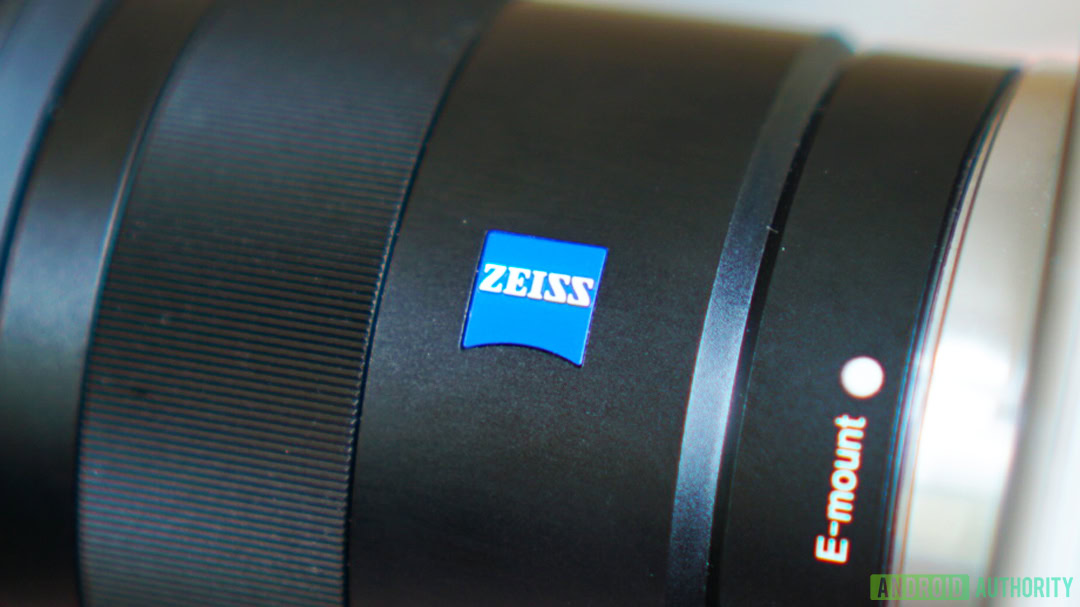
HMD Global, which now owns the rights to the Nokia brand and developed the latest models, has just announced a partnership with Carl ZEISS, an industry leader in imaging technology. The long term deal has some exciting implications for future Nokia smartphones, and some are already anticipating the return of the impressive ZEISS powered cameras from generations gone by.
Although mobile veterans may remember ZEISS from earlier Nokia models and the Lumia series, Carl ZEISS might not be a familiar company to those outside of the photography sphere. So here’s a little history of the company and what we might expect from them now that they’re partnered up with HMD Global.
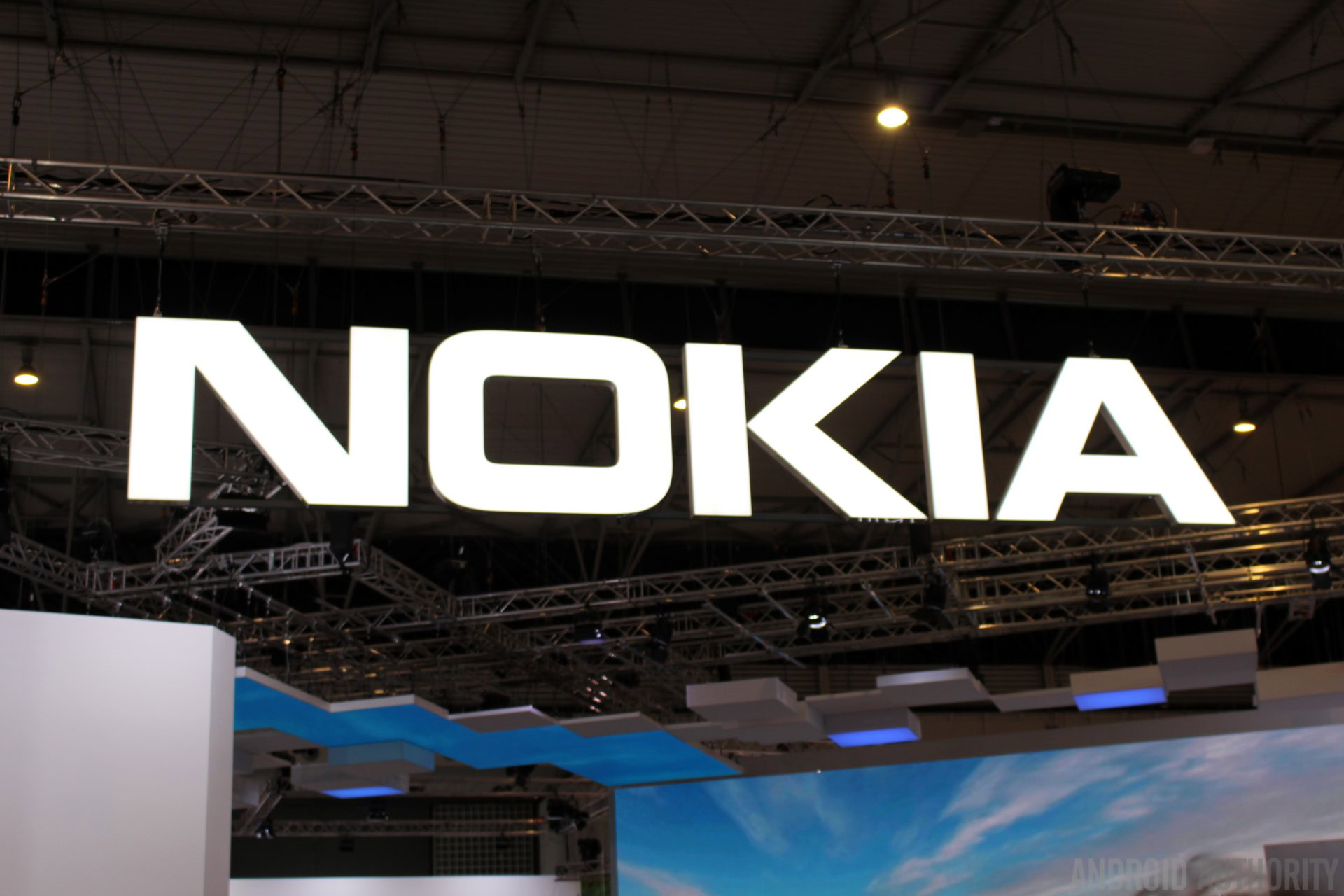
About the company
ZEISS is a German optics company founded by optician Carl ZEISS back in 1846. The original workshop innovated on various elements of optical theory and revolutionized the quality of optics for various industry instruments, including microscopes. Today, the company is spread across four main segments – research and quality, medical, vision care and consumer products, and semiconductor manufacturing technology.
Consumer camera technology only accounts for a small portion of ZEISS' business, with high-tech medical, research, and semiconductor grade equipment making up the bulk.
Research and Quality technology encompasses metrology, microscope cameras, and spectroscopy, which requires not only high quality optics but also advanced imaging algorithms. The company’s semiconductor division provides optical technologies for high precision semiconductor manufacturing equipment, such as lithography machines used to construct SoCs.
Consumer products, such as camera optics, binoculars, and the like, is the smallest business segment for ZEISS. In fact, only about 5 percent of the company’s business comes from the consumer market, the other 95 percent is made up of these various other industry imaging ventures. Even so, ZEISS probably wouldn’t complain about growing its consumer presence, and the deal with HMD and Nokia will likely help in this regard.
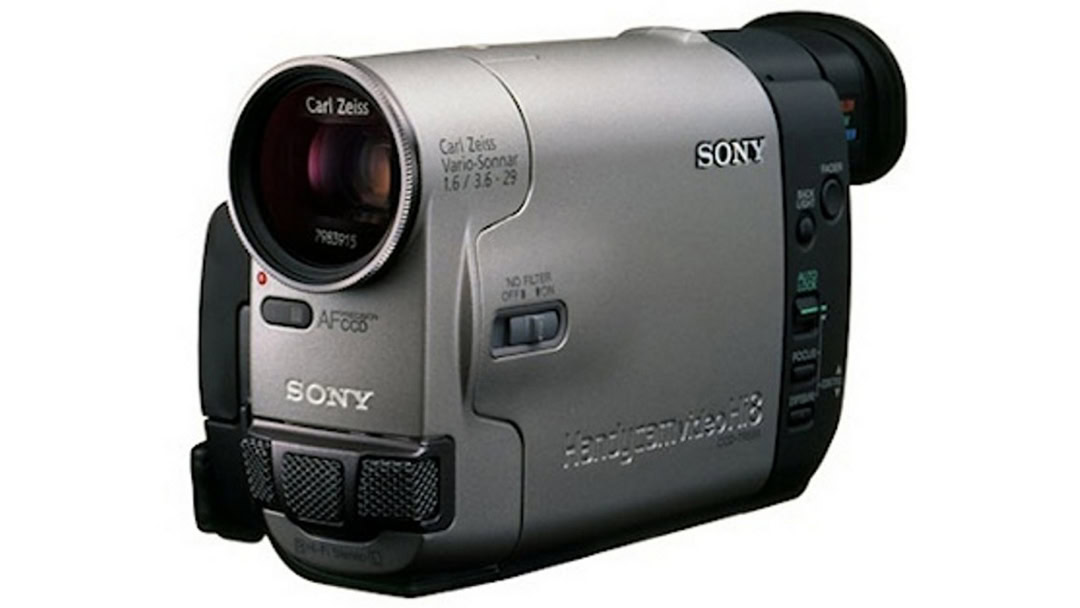
Previous OEM deals
Although ZEISS might do most of its business with high tech industries, the brand is well known in the consumer photography market, thanks to a long running partnership with Sony. The two teamed up all the way back in 1995 when Sony decided that it wanted to boost its reputation in the high-end photography market.
The first joint product, launched in 1996, was the Handycam CCD-TR555, which was followed up by the DSC-F55K Cyber-Shot in 1999. It wasn’t until 2006 that the partnership produced its first interchangeable lenses for DSLRs, with lenses for mirrorless cameras appearing in 2011. Since then, the ZEISS brand has been synonymous with Sony’s high-end camera products.
The Nokia N90 was the first smartphone to breach the multiple megapixel marker, shipping with a 2 megapixel sensor and ZEISS optics.
With smartphones beginning to infringe into the point-and-shoot camera market in the mid-2000s, it was almost inevitable that premium imaging brands would take an interest in the mobile market, and ZEISS was no different. As phone camera resolutions reached 2 MP, we finally approached a specification where lenses could begin making a difference to image quality.
Seeing the trend emerging, ZEISS teamed up with Nokia in 2004 to work on the camera technology inside Nokia’s 2005 N series. The Nokia N90 was the first smartphone to breach the multiple megapixel marker, shipping with a 2 MP sensor and ZEISS optics.
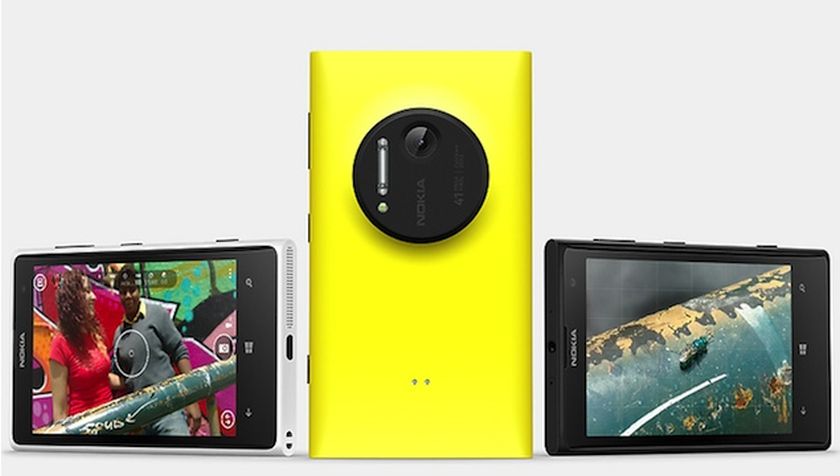
The Nokia N95, also featuring a ZEISS lens, was the first phone to hit 5 MP, and the partnership continued with the introduction of the PureView brand, which appeared in Nokia and Microsoft Lumia handsets. ZEISS’ lens innovations allowed for improved optics in a thinner package than ever before, greatly improving the light capturing and image quality of smartphone cameras.
PureView debuted in the Symbian powered Nokia 808 which, along with the Windows Phone Lumia 1020, are still considered some of the most impressive camera configurations ever to appear in a handset. Its performance was also aided in part by a combination of pixel oversampling, lossless digital zoom, and image stabilization. Although modern smartphone image quality has moved on over the past five years, for the time it was pretty revolutionary.
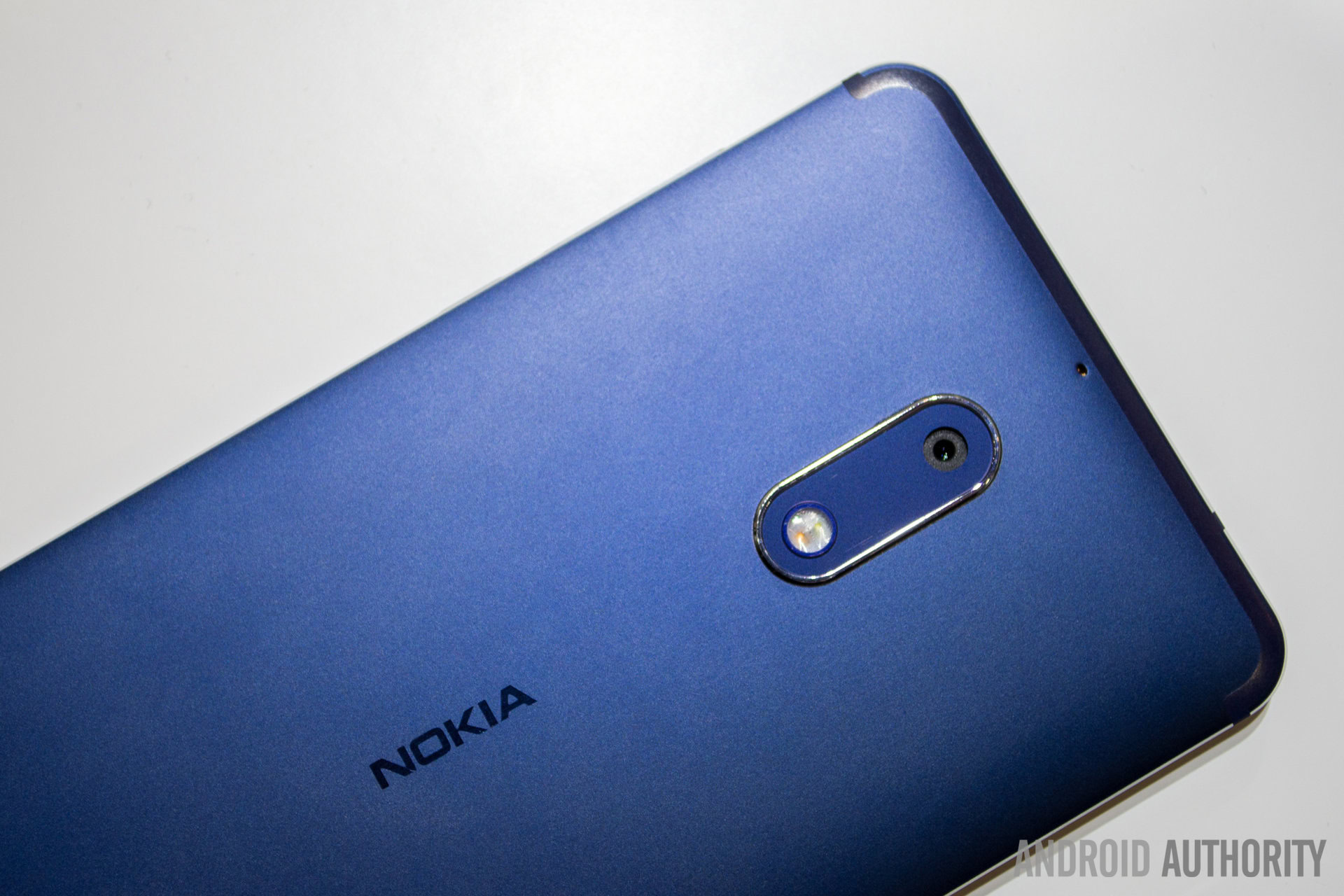
What’s in store for the future?
While we don’t know exactly what technology HMD and ZEISS are currently working on, it’s certainly going to be heading to future Nokia phones. At the very least, we should hope for a return to the quality of the PureView days. The impressive oversampling 41 MP camera setup inside the 808 and 1020 still has its fans, even by modern smartphone standards, and more recent innovations in small form factor sensors and lens manufacturing could see even better results achievable. However, what we see may depend on whether or not Nokia is interested in the high-end market.
Dual camera and “optical zoom” capabilities are innovative modern features, so it will be interesting to see if Nokia and ZEISS take this same path. Alternatively, we may see the return of the lossless digital zoom idea, a technique OnePlus uses to a limited extent in its latest flagship in conjunction with the telephoto lens. Then there’s the potential use of a XENON flash, image/video stabilization, and post processing, which previous Nokia models also excelled at, to throw into the mix of possibilities too. Or perhaps something we haven’t even seen before in the mobile space.
No matter what ZEISS and HMD have in in store, it’s bound to be interesting and could push smartphone camera technology forward even further.